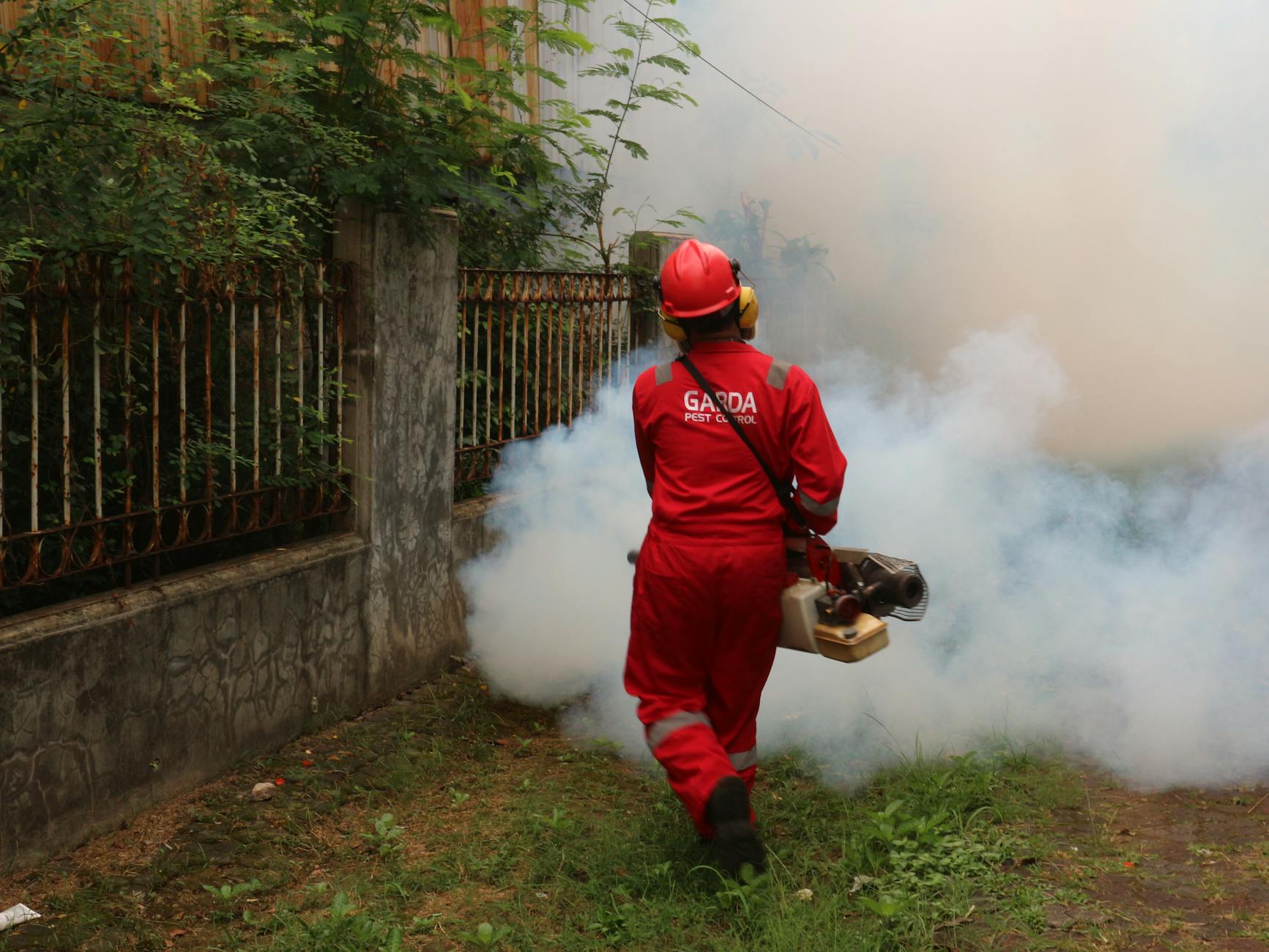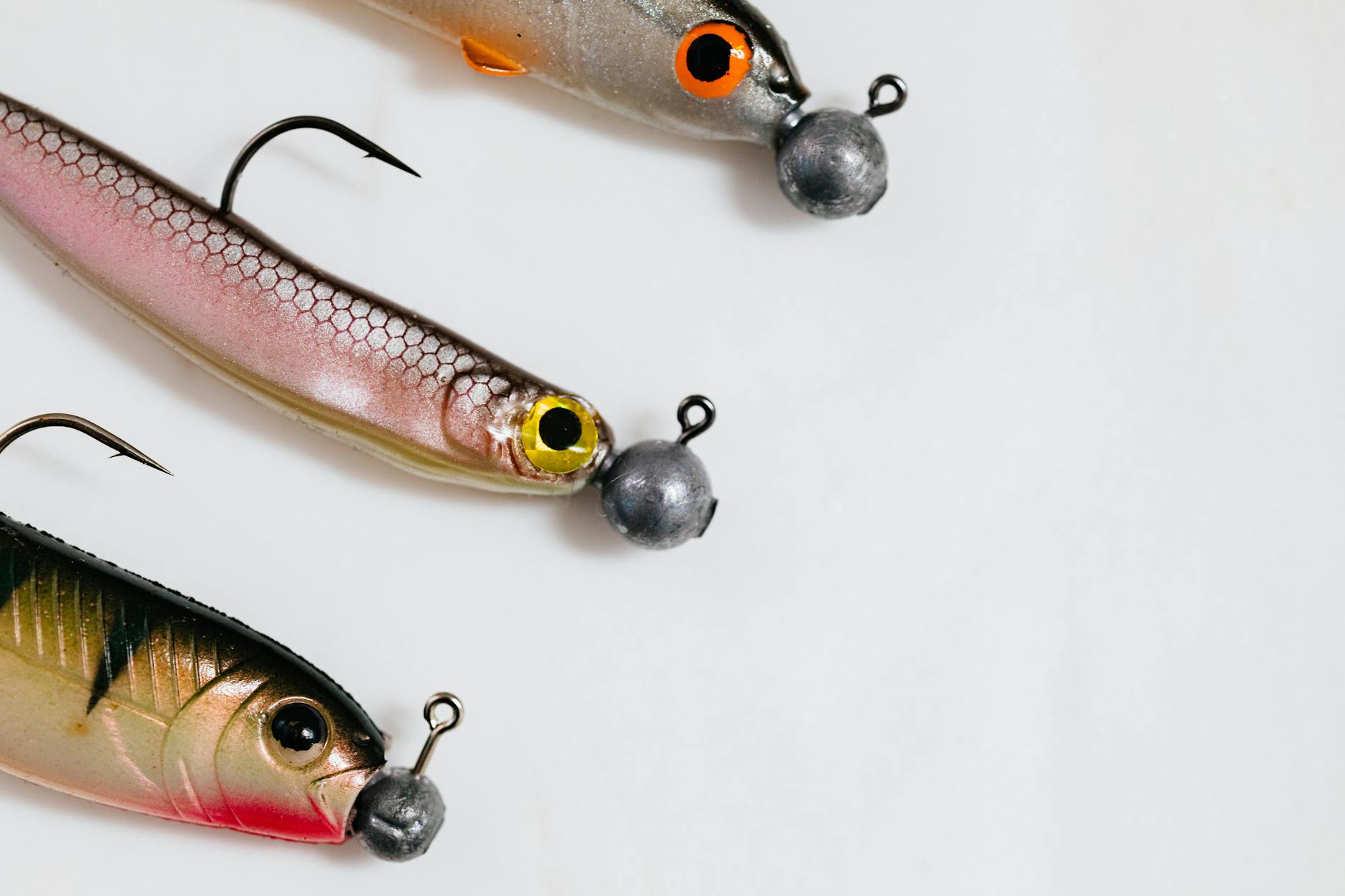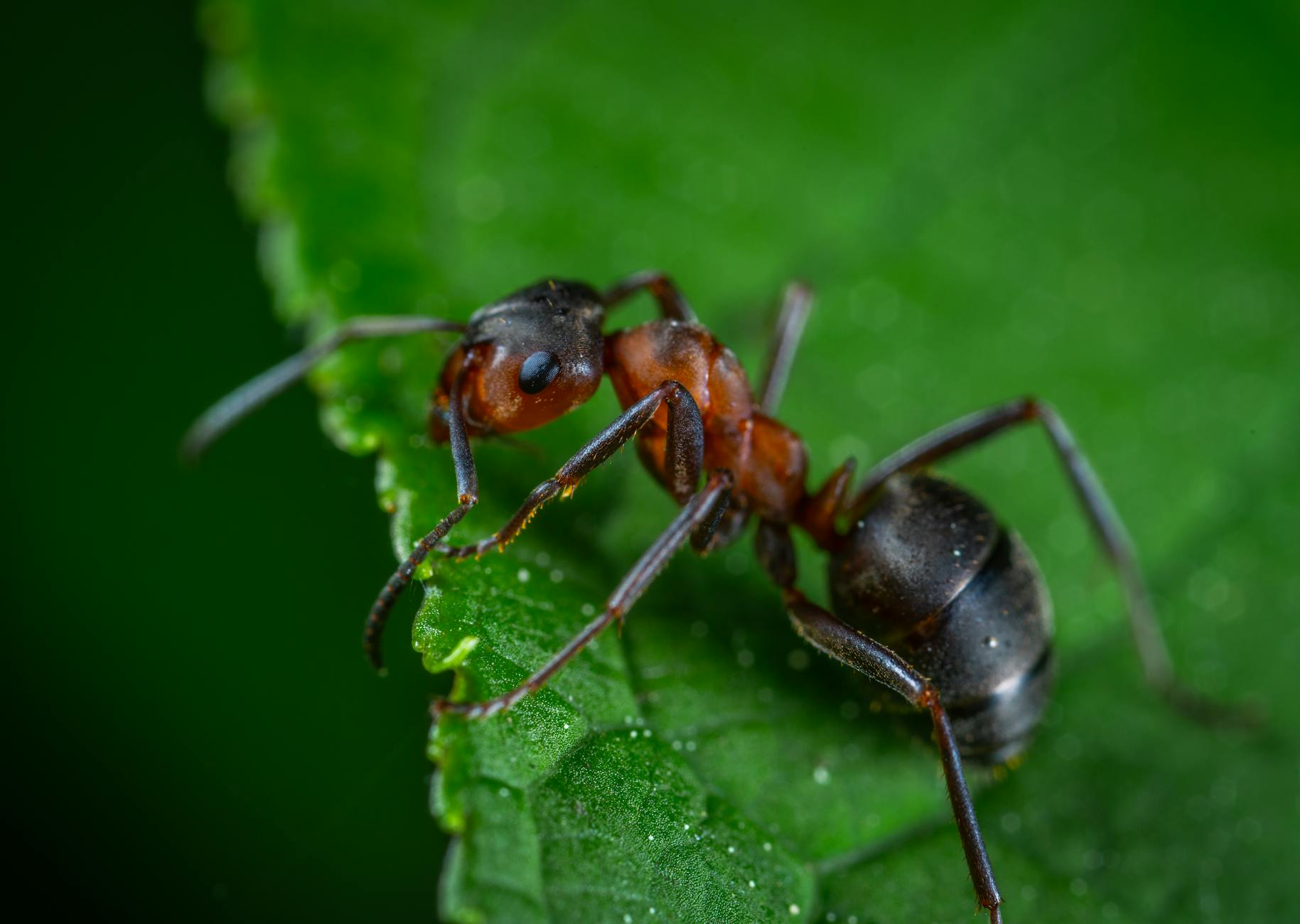
Are you tired of sharing your home with unwelcome guests? 🐜🐁🕷️ Pests can be more than just a nuisance; they can pose serious health risks and damage your property. But fear not! The battle against these tiny invaders is one you can win with the right strategies.
Imagine a home free from the scurrying of rodents, the buzz of flies, or the sight of creepy crawlers. It’s not just a dream – it’s achievable with our 7 pro tips for getting rid of pests for good. Whether you’re dealing with ants in the kitchen, mice in the attic, or spiders in the basement, we’ve got you covered. Our comprehensive guide will walk you through everything from identifying entry points to implementing long-term prevention strategies, ensuring your home remains a pest-free sanctuary.
Ready to reclaim your space and say goodbye to pests once and for all? Let’s dive into our expert-approved methods that will help you identify, eliminate, and prevent pest problems, starting with the crucial first step: identifying and eliminating those sneaky entry points that pests use to invade your home.
Identify and Eliminate Entry Points

A. Seal cracks and gaps in walls
One of the most effective ways to prevent pests from entering your home is to seal any cracks and gaps in your walls. These tiny openings can serve as highways for various pests, including ants, roaches, and mice. Use a high-quality caulk or sealant to fill in these entry points, paying special attention to areas around pipes, vents, and electrical outlets.
B. Install door sweeps and window screens
Door sweeps and window screens are essential barriers against pests. Install sturdy door sweeps on all exterior doors to prevent insects and small rodents from crawling underneath. For windows, use fine-mesh screens to keep flying insects out while allowing fresh air in.
C. Fix plumbing leaks
Moisture attracts many pests, so fixing plumbing leaks is crucial for pest prevention. Regularly inspect pipes under sinks, in basements, and around water heaters for signs of leakage. Repair any issues promptly to eliminate potential water sources for pests.
D. Trim trees and shrubs away from house
Overgrown vegetation near your home can provide pests with easy access to your property. Trim branches that touch or hang over your roof, and keep shrubs at least 18 inches away from your home’s exterior walls. This creates a buffer zone that makes it harder for pests to reach your house.
| Entry Point | Common Pests | Prevention Method |
|---|---|---|
| Wall cracks | Ants, roaches | Caulk or sealant |
| Gaps under doors | Rodents, insects | Door sweeps |
| Open windows | Flying insects | Window screens |
| Plumbing leaks | Water-loving pests | Prompt repairs |
| Overhanging branches | Squirrels, rats | Regular trimming |
By addressing these common entry points, you’ll significantly reduce the likelihood of pest infestations in your home. Next, we’ll explore how maintaining a clean and tidy environment can further deter unwanted critters from making your home their own.
Maintain a Clean and Tidy Environment

Proper food storage techniques
Proper food storage is crucial in preventing pest infestations. Store dry goods in airtight containers to prevent access for insects and rodents. Keep fruits and vegetables in sealed containers or the refrigerator. Here’s a quick guide for optimal food storage:
| Food Type | Storage Method |
|---|---|
| Grains | Airtight containers |
| Produce | Refrigerator or sealed containers |
| Meats | Refrigerator or freezer |
| Leftovers | Covered containers in fridge |
Regular cleaning and decluttering
Maintaining a clean environment is essential for pest control. Follow these steps:
- Vacuum regularly, especially in hidden corners
- Wipe down surfaces daily
- Clean up spills immediately
- Wash dishes promptly
- Declutter regularly to eliminate hiding spots
Manage outdoor trash effectively
Proper outdoor trash management is vital in preventing pests from being attracted to your property. Consider these tips:
- Use sturdy, lidded trash cans
- Keep trash areas clean and dry
- Dispose of garbage regularly
- Rinse recyclables before disposal
- Position trash cans away from your home
By maintaining a clean and tidy environment both inside and outside your home, you significantly reduce the likelihood of pest infestations. Next, we’ll explore natural pest deterrents that can further enhance your pest control efforts.
Use Natural Pest Deterrents
Essential oils that repel pests
Essential oils are not only pleasant-smelling but also effective in deterring various pests. Here’s a list of popular essential oils and the pests they repel:
- Peppermint: Ants, spiders, mosquitoes
- Lavender: Moths, fleas, flies
- Citronella: Mosquitoes, ticks
- Tea tree: Cockroaches, bed bugs
- Eucalyptus: Flies, moths, cockroaches
To use essential oils as pest deterrents, mix 10-15 drops with water in a spray bottle and apply around entry points, windowsills, and problem areas.
Planting pest-repelling herbs and flowers
Creating a natural barrier with pest-repelling plants is an eco-friendly way to keep insects at bay. Here’s a table showcasing some effective plants and their target pests:
| Plant | Repels |
|---|---|
| Marigolds | Mosquitoes, aphids |
| Basil | Flies, mosquitoes |
| Chrysanthemums | Roaches, ants, ticks |
| Mint | Ants, mosquitoes |
| Lavender | Moths, fleas, mosquitoes |
Plant these around your home’s perimeter or in pots near entry points for maximum effectiveness.
Vinegar and baking soda solutions
These common household items are powerful pest deterrents. Mix equal parts water and white vinegar in a spray bottle to repel ants and spiders. For a stronger solution, add a few drops of essential oil. Sprinkle baking soda along baseboards and in cracks to deter cockroaches and ants.
Now that we’ve explored natural pest deterrents, let’s move on to a more comprehensive approach: Integrated Pest Management (IPM).
Implement Integrated Pest Management (IPM)
Regular inspections and monitoring
Regular inspections and monitoring form the backbone of an effective Integrated Pest Management (IPM) strategy. By conducting routine checks, you can identify pest problems early and take appropriate action before they escalate. Here’s a simple checklist for your inspections:
- Check entry points (windows, doors, cracks)
- Examine food storage areas
- Inspect dark, damp spaces (basements, crawl spaces)
- Look for signs of pest activity (droppings, nests, damage)
Biological control methods
Biological control involves using natural predators or parasites to manage pest populations. This eco-friendly approach can be highly effective and sustainable. Consider these options:
- Introduce beneficial insects (ladybugs, praying mantises)
- Use nematodes to control soil-dwelling pests
- Plant pest-repelling herbs and flowers
| Pest | Biological Control Agent |
|---|---|
| Aphids | Ladybugs |
| Mosquitoes | Dragonflies |
| Caterpillars | Parasitic wasps |
Mechanical control techniques
Mechanical control methods involve physical removal or barriers to prevent pest infestations. These techniques are often simple and chemical-free:
- Install screens on windows and doors
- Use sticky traps for flying insects
- Employ physical barriers (fences, nets) to keep out larger pests
Chemical control as a last resort
While chemical control can be effective, it should be used sparingly and only when other methods have failed. When using pesticides:
- Choose products specific to your pest problem
- Follow label instructions carefully
- Apply in targeted areas to minimize environmental impact
Remember, IPM is about using a combination of these methods to create a comprehensive pest management strategy. By implementing these techniques, you’ll be well on your way to a pest-free environment. Next, we’ll explore how to use professional-grade traps and baits for even more effective pest control.
Employ Professional-Grade Traps and Baits

Electronic pest repellents
Electronic pest repellents offer a modern, chemical-free approach to pest control. These devices emit ultrasonic or electromagnetic waves that are designed to deter pests without harming humans or pets. While their effectiveness can vary, they’re often used as part of a comprehensive pest management strategy.
| Type | How it works | Best for |
|---|---|---|
| Ultrasonic | Emits high-frequency sound waves | Rodents, insects |
| Electromagnetic | Creates an electromagnetic field | Rodents, cockroaches |
| Combination | Uses both ultrasonic and electromagnetic technology | Multiple pest types |
Sticky traps for insects
Sticky traps are an effective and non-toxic method for capturing and monitoring insect populations. These traps use a strong adhesive to catch pests, making them ideal for:
- Flying insects like fruit flies and gnats
- Crawling insects such as cockroaches and spiders
- Monitoring pest activity in specific areas
Bait stations for rodents
Bait stations are enclosed containers that house rodenticide, providing a safer alternative to loose baits. They offer several advantages:
- Prevent accidental exposure to children and pets
- Protect bait from moisture and contamination
- Allow for easy monitoring and replacement of bait
Pheromone traps for specific pests
Pheromone traps use synthetic versions of insects’ natural attractants to lure and capture specific pest species. These traps are highly effective for:
- Moth infestations in pantries or closets
- Monitoring and controlling fruit fly populations
- Targeting specific beetle species in gardens or crops
Now that we’ve explored professional-grade traps and baits, let’s move on to creating inhospitable conditions for pests to further enhance your pest control strategy.
Create Inhospitable Conditions for Pests
Control moisture levels
Controlling moisture levels is crucial in creating an environment that pests find unappealing. Excess moisture attracts various pests, including cockroaches, termites, and mold mites. To effectively manage moisture:
- Use a hygrometer to monitor indoor humidity levels
- Aim for a relative humidity between 30-50%
- Fix leaky pipes and faucets promptly
- Seal cracks in foundations and walls
Eliminate standing water
Standing water is a breeding ground for mosquitoes and other insects. Take these steps to eliminate standing water:
- Empty and clean birdbaths regularly
- Remove old tires or store them in a covered area
- Clear gutters and downspouts of debris
- Fill in low areas in your yard that collect water
Proper ventilation in attics and crawl spaces
Good ventilation is essential for preventing pest infestations in often-overlooked areas:
- Install ridge vents and soffit vents in attics
- Use crawl space vents to promote air circulation
- Consider installing a vapor barrier in crawl spaces
- Regularly inspect these areas for signs of moisture or pests
Use dehumidifiers in damp areas
Dehumidifiers are effective tools for controlling moisture in basements, bathrooms, and other damp areas:
| Area | Recommended Dehumidifier Capacity |
|---|---|
| Small rooms (up to 300 sq ft) | 30 pints |
| Medium rooms (300-500 sq ft) | 50 pints |
| Large rooms (500+ sq ft) | 70 pints or more |
By implementing these strategies, you’ll create an environment that’s far less inviting to pests. Remember, consistency is key in maintaining these inhospitable conditions. Next, we’ll explore how to develop a long-term prevention strategy to keep pests at bay for good.
Develop a Long-Term Prevention Strategy
Seasonal pest control measures
Implementing seasonal pest control measures is crucial for long-term prevention. Here’s a breakdown of key actions for each season:
| Season | Pest Control Measures |
|---|---|
| Spring | – Inspect and repair screens<br>- Remove standing water<br>- Trim vegetation away from house |
| Summer | – Seal cracks and crevices<br>- Keep outdoor areas clean<br>- Use natural repellents |
| Fall | – Clean gutters<br>- Store firewood away from house<br>- Check for rodent entry points |
| Winter | – Inspect attics and basements<br>- Seal gaps around pipes<br>- Monitor indoor humidity |
Educate family members on pest prevention
Involve your entire household in pest prevention efforts:
- Conduct family meetings to discuss pest control strategies
- Assign age-appropriate tasks to each family member
- Create visual aids or checklists for easy reference
Regular property maintenance schedule
Establish a consistent maintenance routine to keep pests at bay:
- Weekly: Inspect and clean potential food sources
- Monthly: Check and repair weatherstripping and seals
- Quarterly: Inspect foundation and exterior walls
- Annually: Professional pest inspection and treatment
Collaboration with neighbors for community-wide pest control
Pests don’t respect property boundaries, so working with neighbors is essential:
- Organize community clean-up days
- Share pest control tips and resources
- Coordinate pest control treatments for maximum effectiveness
By implementing these long-term prevention strategies, you’ll create a robust defense against pests, ensuring a pest-free environment for years to come. Remember, consistency is key in maintaining an inhospitable environment for unwanted critters.

Effectively managing pest infestations requires a multifaceted approach that combines prevention, deterrence, and targeted elimination strategies. By identifying and sealing entry points, maintaining cleanliness, using natural deterrents, and implementing Integrated Pest Management, you can significantly reduce the likelihood of pest problems. Professional-grade traps, baits, and creating inhospitable conditions further reinforce your defenses against unwanted invaders.
Remember, the key to long-term pest control success lies in developing and consistently implementing a comprehensive prevention strategy. By incorporating these seven pro tips into your regular household maintenance routine, you can create a pest-free environment that protects your home and family. Take action today to reclaim your space from pests and enjoy a cleaner, healthier living environment for years to come.

